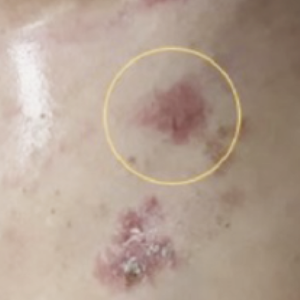A case report of Hailey-Hailey disease treated with fractional carbon dioxide laser
 Smart Citations
Smart CitationsSee how this article has been cited at scite.ai
scite shows how a scientific paper has been cited by providing the context of the citation, a classification describing whether it supports, mentions, or contrasts the cited claim, and a label indicating in which section the citation was made.
Hailey-Hailey disease (HHD), or familial benign pemphigus, is a rare genetic condition characterized by recurrent blisters and erosions with a predilection for intertriginous areas. There is no specific treatment for HHD. Topical and systemic treatments tend to provide temporary remission. Alternative treatment (surgical interventions such as dermabrasion, excision, and laser) has been shown to prolong remission. Considering the risk of complications associated with surgical modalities, laser is often preferred as an alternative for patients failing to respond to first-line therapies. We report a case of recalcitrant HHD successfully treated with a fractional ablative CO2 laser procedure (wavelength of 10600 nm, power of 7-10 W, 2-3 passes) on a 35-year-old female. The patient has a 7-year history of therapy-resistant HHD. A 2-month followup showed substantially resolved lesions, with mild erythema and post-inflammatory hyperpigmentation in treated areas.





 https://doi.org/10.4081/dr.2023.9658
https://doi.org/10.4081/dr.2023.9658





